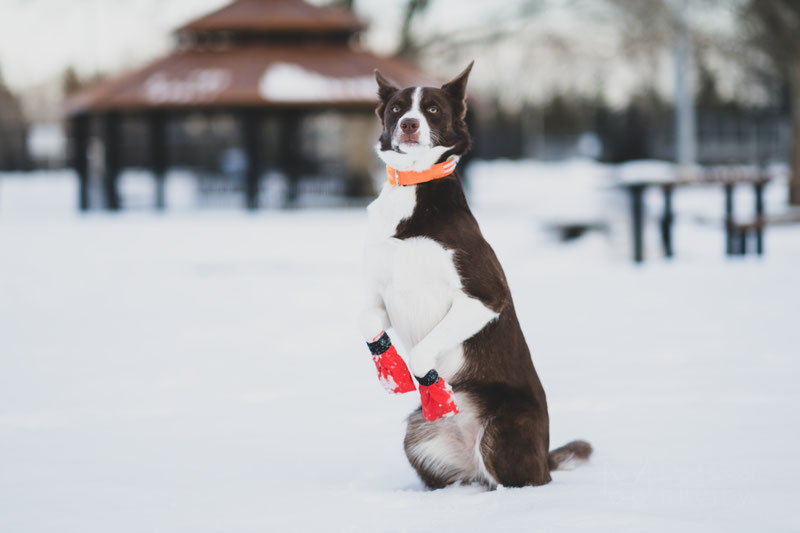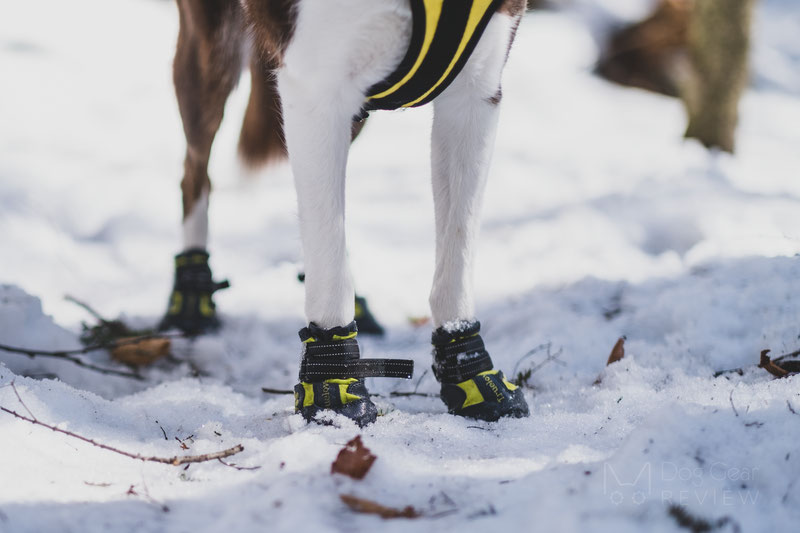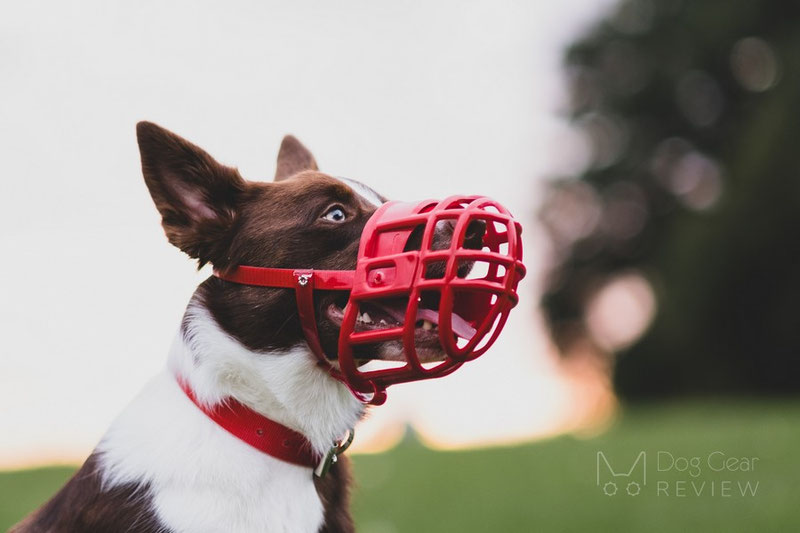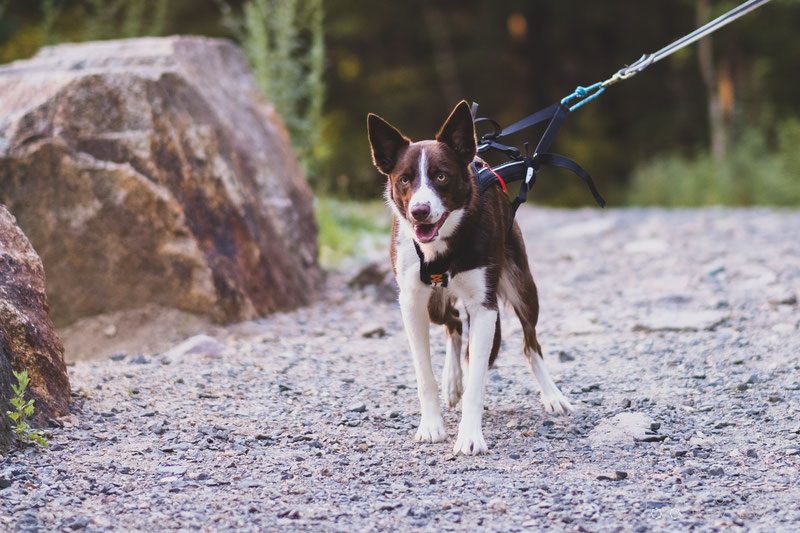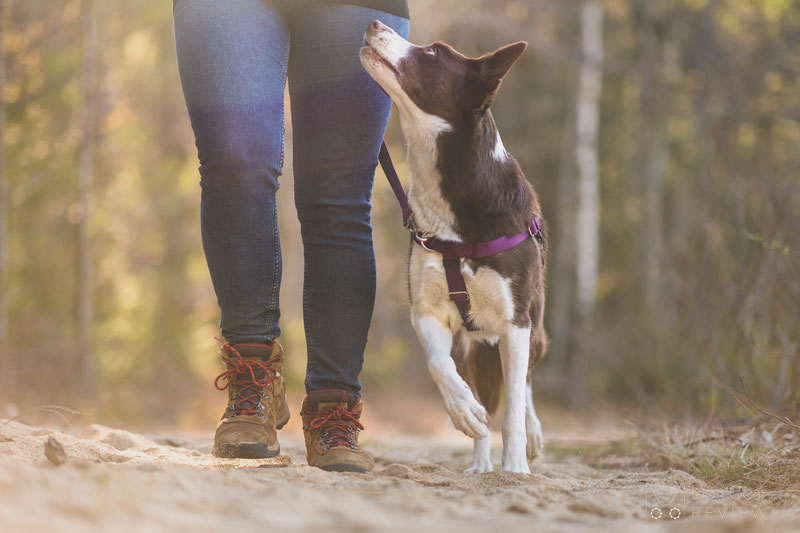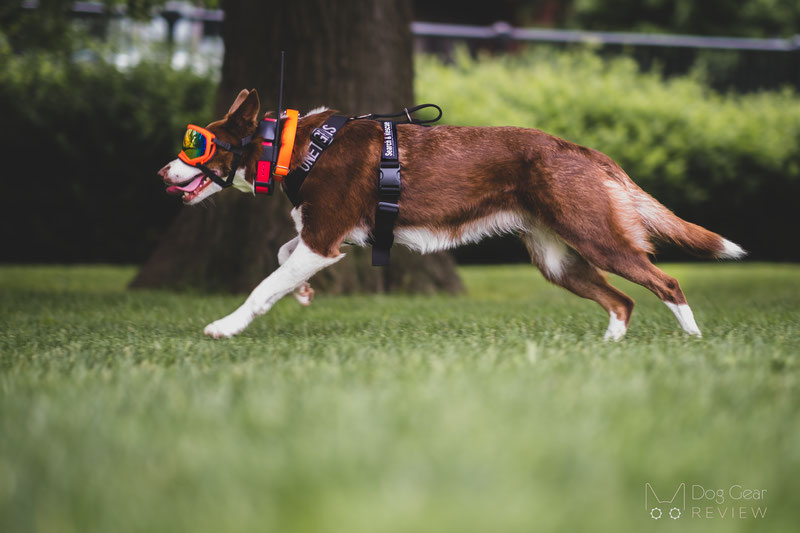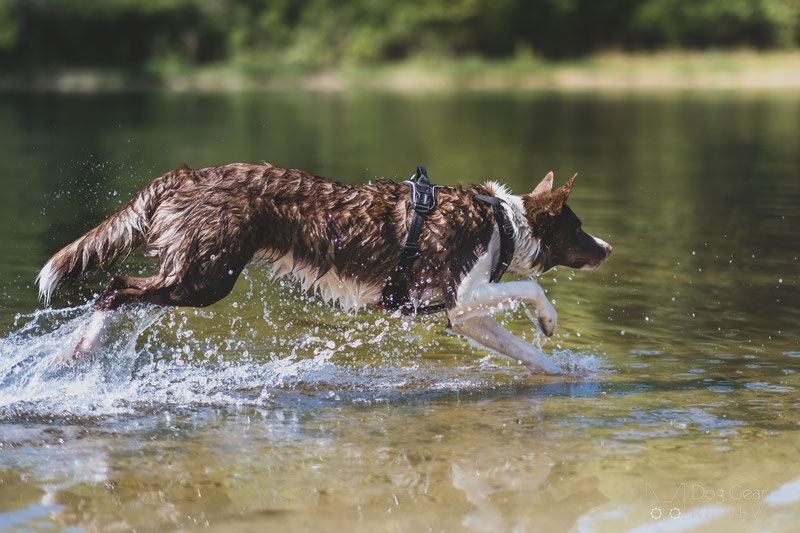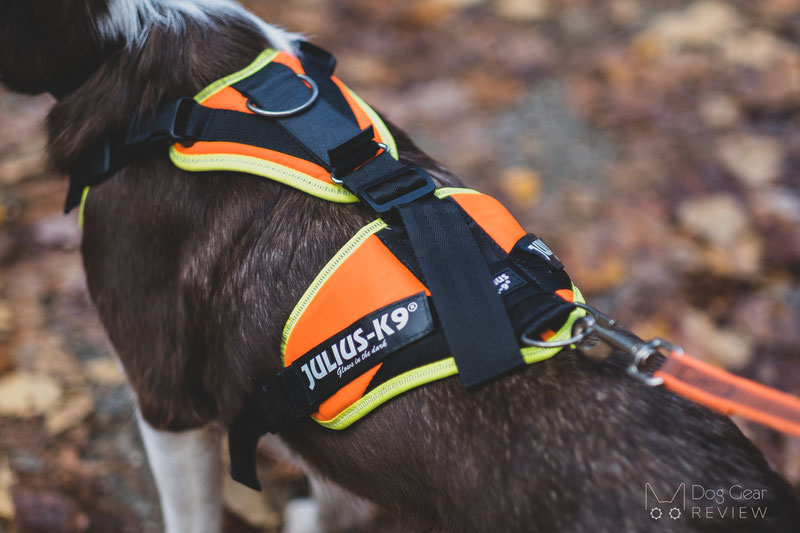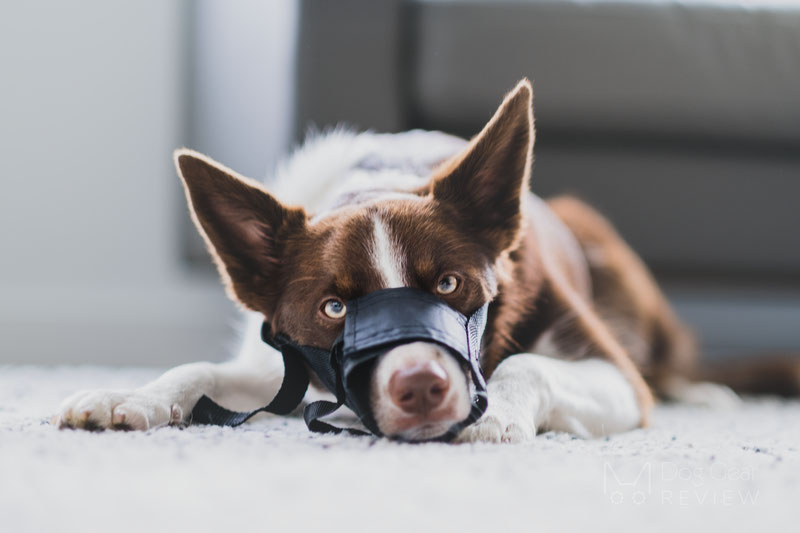We wrote an article before about the pros and cons of using boots for summer hikes, but we felt it’s time to talk about winter! ;)
Should all dogs have winter boots?
There are many different reasons it could be beneficial to get boots for your dog for the winter, but not all dogs and all trips require one. If your dog is not cold and has no trouble getting cuts on the icy trail, they are probably fine without them. Winter boots protect the paws from salt and cuts and prevent snowballs from forming between the toes. Many dogs never encounter these issues, while others have more sensitive feet.

Can I just use Musher’s Secret or a similar wax?
Many owners prefer to use Mushers Secret or a similar wax on the paws instead of boots. These are great products to prevent snowballs from forming between the toes and on the feet, which can be painful for dogs. They are also great because you can avoid chafing caused by the boots, and the dog will have much better traction on ice or slippery snow without wearing boots. Supposedly, waxes are also helpful to prevent salt or other ice melters from sticking to the paws, and you should be easily able to wipe them off the dog when you get inside. While the wax is helpful to protect the paw itself from drying out from the salt when the roads are wet from melting snow, you usually still have to wash the feet and the dog’s belly to remove the melter soaked into their hair.
The con is that wax can’t prevent constant cuts from walking/running on hard/icy snow or giving some extra warmth for dogs without undercoat who tends to have a more challenging time during the winter.
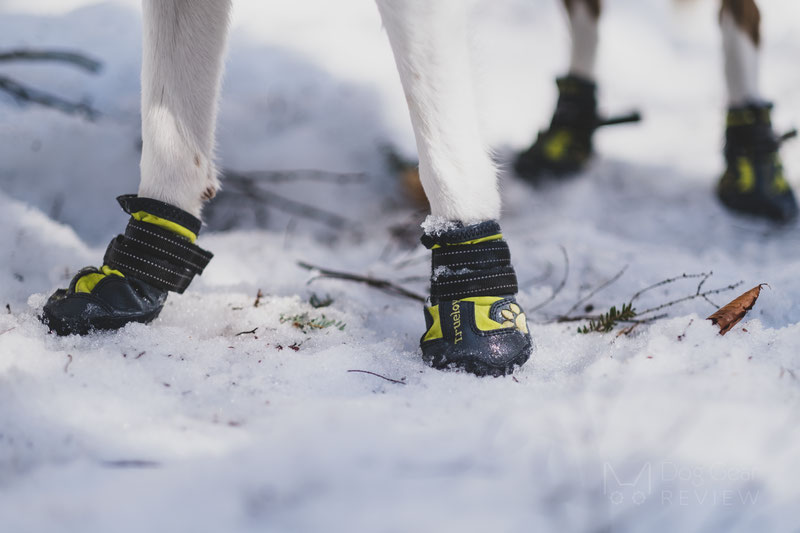
When starting this article, I wanted to see if boots actually make a difference in keeping dogs warm or if it is just a myth. Below is a thermal image showing Mia’s warm pawprints without boots. It doesn’t seem like much, but it clearly shows the heat loss from walking “naked.” It needs to be mentioned that it is less visible after 5-10 minutes outside since the paws cool down, and there will be a much lower temperature difference between the feet and the ground. It’s tough to tell how much this matters and differs from dog to dog, but it seems fair to assume that boots can make a difference if your dog is shivering outdoors. These factors would be very cool to measure more accurately, but unfortunately, there aren’t many researches out there that would show meaningful results on the topic.

What’s the difference between boots for the summer vs. winter?
We all want to find a solution that works perfectly in every use case, but unfortunately, you want very different things from winter and summer boots for dogs (just like in the case of human boots). You probably want a boot with a thicker sole for summer hikes because of the rough terrain and heat, while you also want to be sure the shoes are breathable so the dog will not overheat. Another reason for breathability is that dogs sweat on their paws, and it will cause chafing if their feet are sealed in that moisture for a long hike.
You probably want waterproof boots to protect from the salt or just to keep the paws dry in the snow for the winter. Unless you have sleddogs, overheating and sweating on the feet is probably less of a problem. While packed down snow and ice can still be rough on the boots’ soles, your primary concern should be to have some traction so your dog is not sliding like a car with summer tires. Snowballs between the toes or ice cuts can be painful, but that’s nothing compared to your dog slipping and falling off a cliff or hitting a tree and injuring themself.
This is the main reason why sock-type, soft boots are great for winter conditions, even though they are not as durable as those with solid bottoms. These boots are baggy and thin enough so the dogs can somewhat grip the ground with their nails on a slippery surface, and their paws can “spread out” naturally.
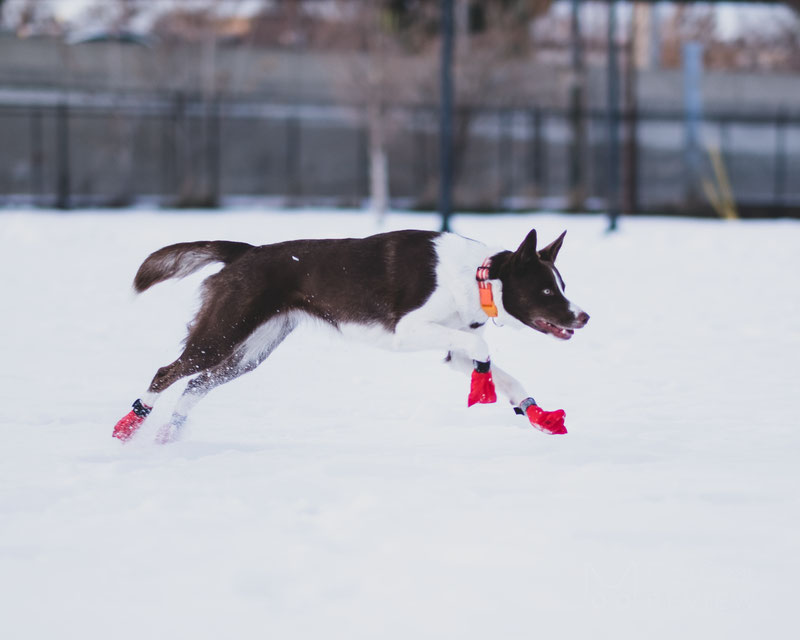
What are the main types of winter dog boots?
As mentioned above, sock-type boots can allow some grip on the snow/ice. These are also great because they don’t chafe/rub the paws, and since they are soft, they are much more dew-claw friendly than solid boots.
These are also great because you don’t have to worry about them rotating while running in deep snow since the shoes are the same all around; they don’t have a top and bottom part.
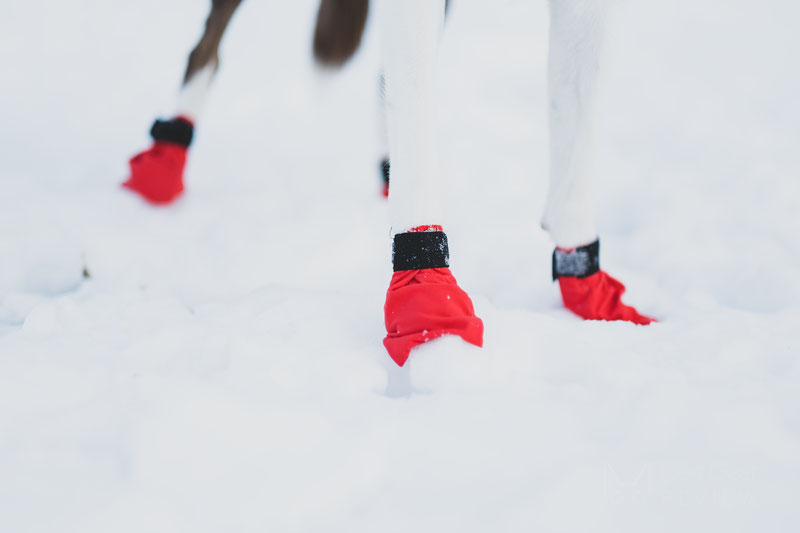
Another option is to go with a boot with a more solid bottom. This might make sense on snow that melted and froze back multiple times, providing a rough surface to walk on, or if your main goal is to protect the paws from salt while walking on pavement.
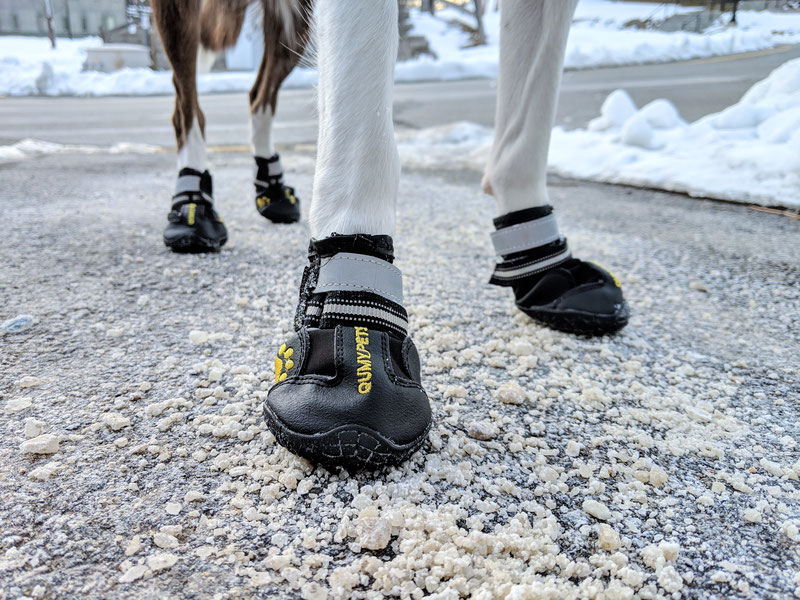
The boot in the photo below is actually in between the first two categories. These boots are somewhat sock-type because they are not a tight fit around the paws. These are dipped in rubber, so they are more durable and waterproof than the thin sock-type boots, while they are more flexible than those with a solid bottom.
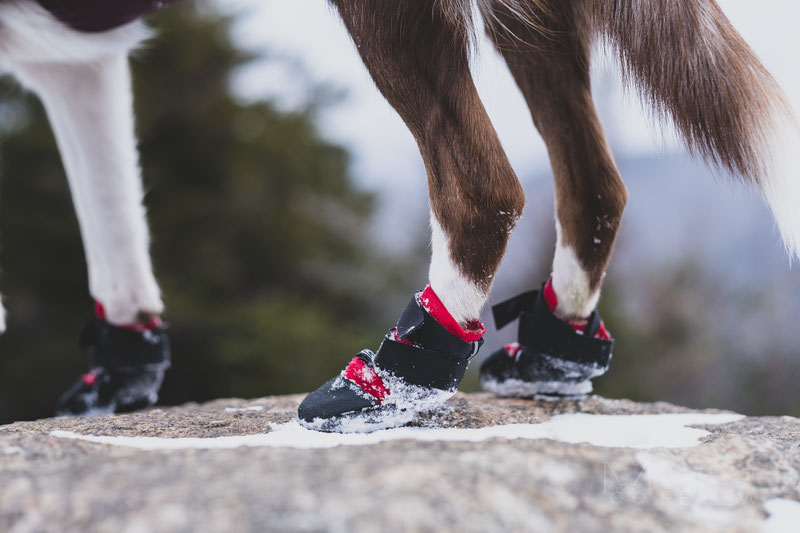
Okay, so what type of boots do I need?
Let’s summarize all the points from above and discuss which type of boot could work for which use case:
- To protect the paws from salt/ snow melter
If you primarily walk in urban areas, you will have to go with a boot design to handle walking on pavement. This can be either one with the more solid, rugged sole bottom or dipped in rubber. These usually do a good job protecting the paws, but keep in mind that you still have to rinse the dog on a wet day because the melter will probably cover their legs/tummy as well, and you don’t want them to lick that off unless you know they are safe for dogs. As mentioned above, you can also try using wax on the paws to protect them from the salt.
- To protect the paws from cuts on an icy trail
I would go with a boot dipped in rubber since they provide a little better traction, but you can make the ones with solid bottom work as well. Keep in mind that your dog will not know that they can’t stop on the ice, so it might be best to keep them on a leash when wearing boots if they tend to run around a lot - especially if you hike on steep trails!
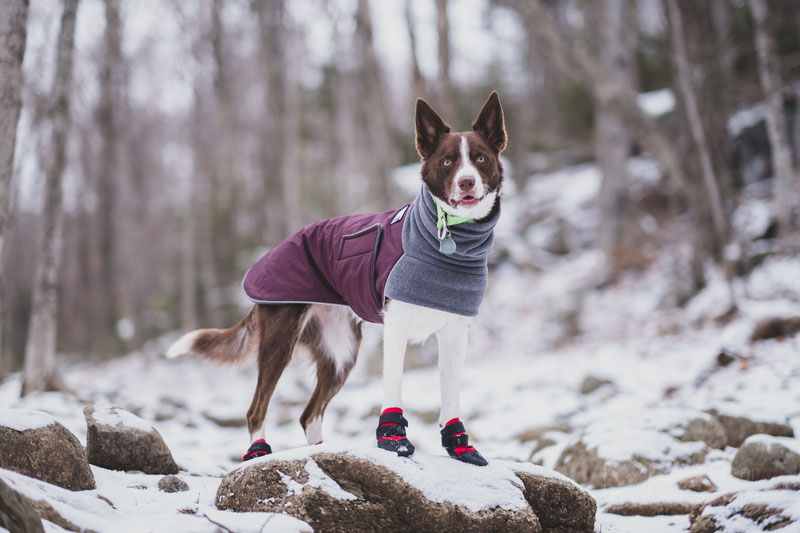
- To prevent the snowballs forming between the toes while hiking in deep snow
Go with the soft, sock-type boots! Be sure to tighten the velcro straps so you can’t easily pull them off the paw. These stay on well without restricting or rubbing the toes. As mentioned above, you can try using wax on the feet instead of boots if this is the only reason you are looking into boots. Many owners also have luck with cutting the hair on the paws and between the toes very short so the snow can’t get stuck in it.
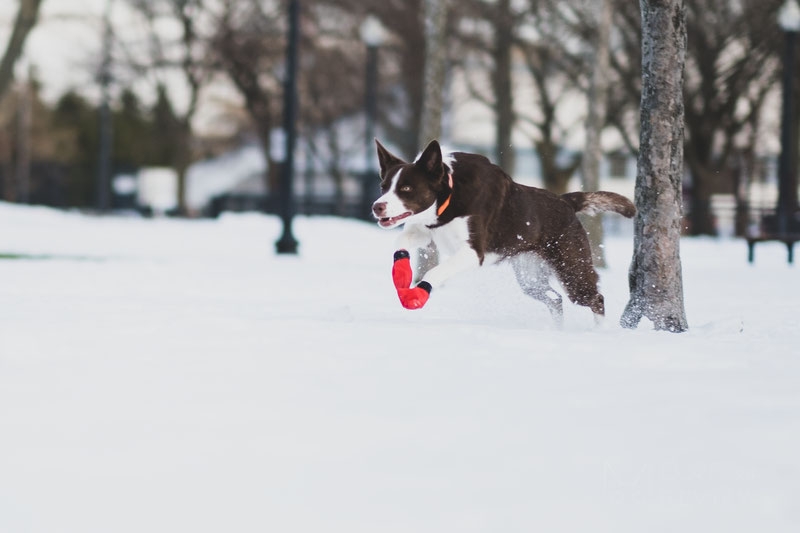
- What’s recommended for dogs with dew claws/ double dew claws?
Dogs with dewclaws can be hard to find boots. You will probably have the easiest time with sock-type boots, although Mia hasn’t had trouble with the other two types of boots if they were worn for less than 2 hours. If you walk on paved roads, look for a sock-type boot with rubber dip. Another option is to use boot liners under the more solid boots to prevent chafing. I know Ruffwear sells good quality boot liners; they are called BARK’N Boot Dog Socks. For small or medium-sized dogs, you can try using baby socks as well.
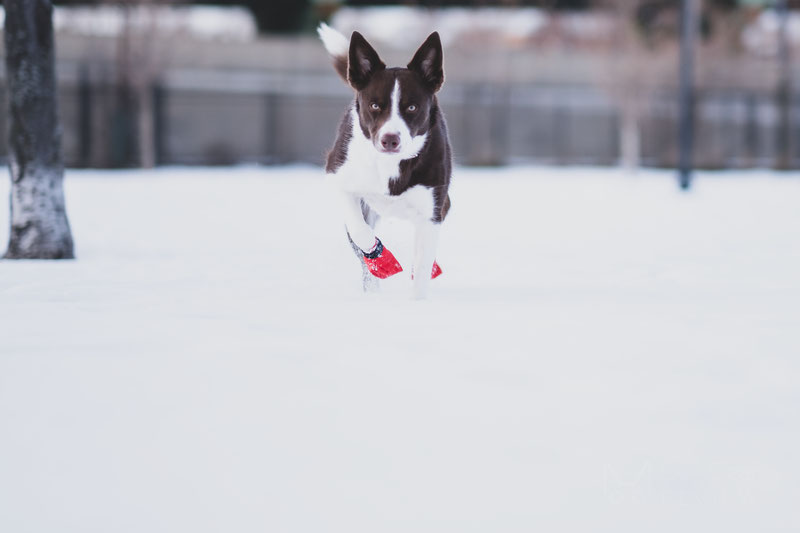
Summary
There are many different reasons to use boots, and knowing why and when to use one is essential because they do not work in the same situation. If you still feel your dog would not benefit from having boots on during your winter adventures, that’s fine, too. I also try to avoid using boots as much as I can because, in many cases, they only introduce risks on our hikes, but I always have them in the backpack, knowing they can be lifesavers in many situations.
We have reviewed most boots in this article already. You can check them out on the links:
Disclaimer: this review contains an affiliate link, which supports Dog Gear Review if you purchase the product after clicking on it without costing you anything extra. However, using affiliate links will never compromise us writing unbiased, honest reviews!
